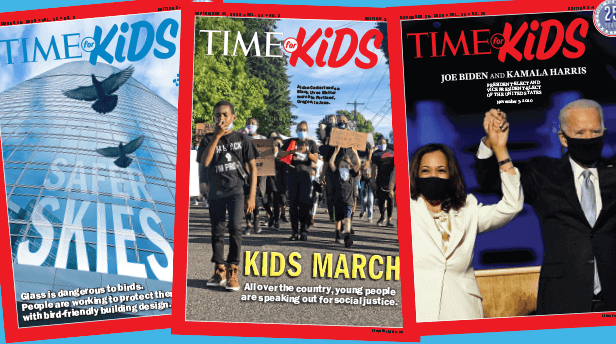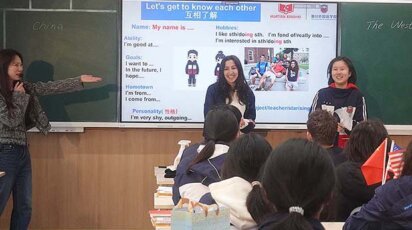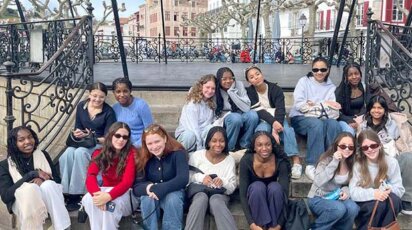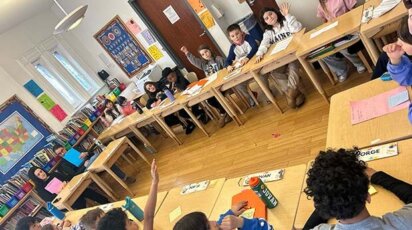News
There Is Always ‘TIME for Kids’ in Grade 3
In October, Grade 3 students met virtually with Jaime Joyce, executive editor of TIME for Kids, to learn how the articles in the children’s news publication they read are chosen.
TIME for Kids, TIME magazine’s student edition, has been published since 1995. Joyce joined the magazine in 2007. Before that, she was a teacher, who taught kindergarten and second grade at Brooklyn Friends School in Downtown Brooklyn, and a combined third and fourth grade at the Earth School, a public school in Manhattan. “Many people on the TFK team—including me—are former teachers,” Joyce said. “Our experience in the classroom informs what we write about and how we tell stories. We also have a terrific team of educators on staff who write teaching resources to support the articles that appear in the magazine.”
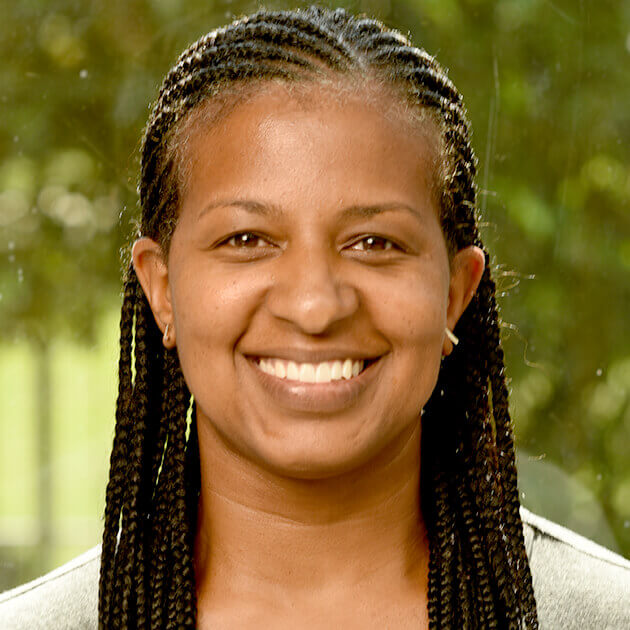
Joyce and Grade 3 teacher Andrea Del Valle P’29, ’33 worked together at the Brooklyn Historical Society, which is now called the Center for Brooklyn History. Del Valle invited Joyce to visit Grade 3 last year in person. This year, during the pandemic, the 33 students in Grade 3 are divided into three pods taught by Del Valle (3B), Carmen Dreyer (3A), and Chris Ninman (3C).
Grade 3 students have read print copies of the weekly TIME for Kids since first grade. This year, they have access to a digital version because TIME uses Google Classroom and teachers can display the articles on the classroom SmartBoard.
Each pod met with Joyce via Google Meet for a half hour either on October 13 or 20. They had the opportunity to ask her questions such as how stories are selected for TIME for Kids, why they are placed in certain places on the page, and how a cover story is chosen.
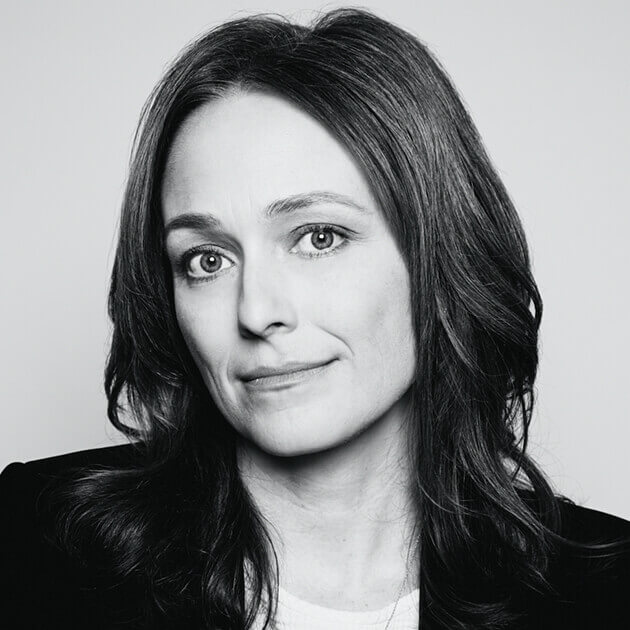
“Meeting Poly’s Grade 3 pods was so much fun!” said Joyce. “Students were so enthusiastic. They took turns introducing themselves and sharing what they liked about third grade, then I spent some time introducing myself and explaining my job at TIME for Kids. We wanted the first visit to be a kind of get-to-know-you session. Kids had great questions about how the TFK team works together remotely to put out a magazine each week and about journalism in general. One student asked, ‘Ms. Joyce, are your parents supportive of your career choice?’ I was not expecting that! Happily, I was able to answer ‘yes.’”
Joyce continued, “What I found most surprising was not so much what the third graders wanted to read about, but the questions they had about some of the stories they’d read in TIME for Kids. Here’s an example. We do a weekly feature called ‘For the Record.’ It’s a collection of fun little news nuggets, with illustrations. These items are very short. One student raised her hand to ask about a recent ‘For the Record’ item. It was about two teenagers who’d discovered a collection of gold coins. She wanted to know, ‘How much were they worth?’ We try to pack as much detail as possible into these items, but the student’s question was one we hadn’t answered in the magazine. To me, this was a reminder to always ask: ‘What will third graders want to know?’ ‘What will spark their curiosity?’ ‘What’s the must-have detail that will excite them and keep them reading?’”
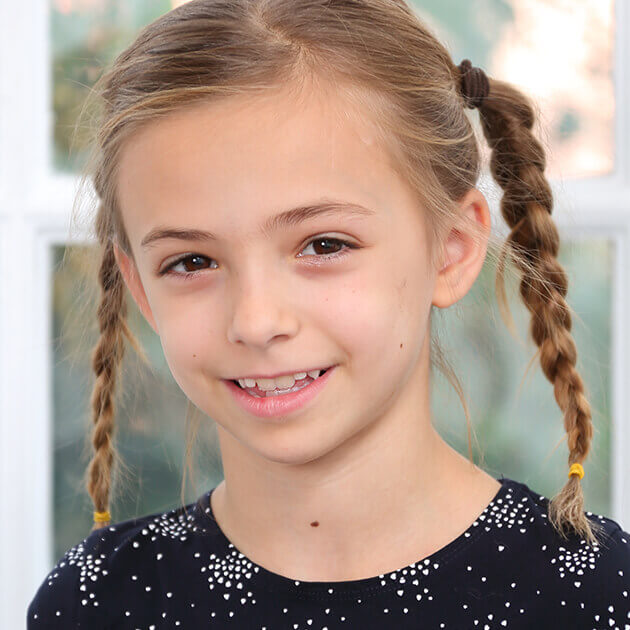
Nina R. ’30 of 3A said she learned, “Stories get chosen by things that are going on in the world that people want to write about for children to learn about.” She added, “I would probably want to read the ones about the kids’ march for BLM.” When asked why current events are important, she responded, “I think it’s important to learn about current events because it can help us make the world a better place.”
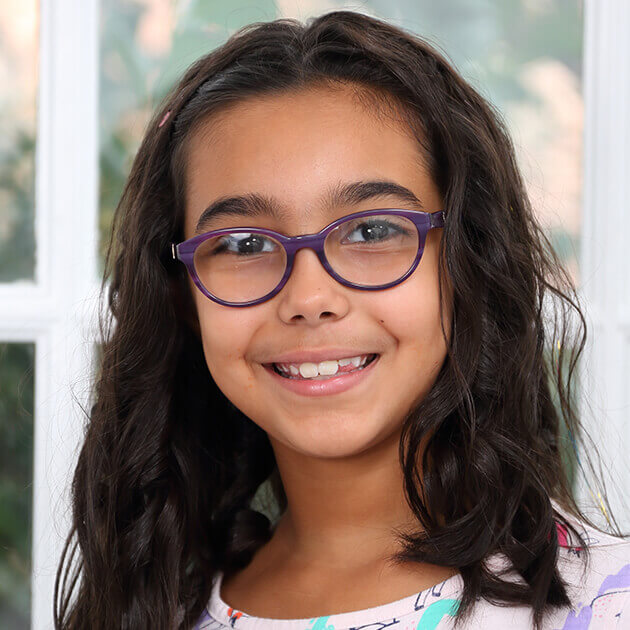
Liliana R. ’30 of 3C said Joyce “told us that there are many story options, but they choose the ones that the kids will be most interested in.” She added, “I would be most interested in reading stories about politics, animals, and engineering because I want to be an engineer when I grow up.” Liliana continued, “It’s important because kids need to know what is happening in the world and be involved because one day we will be the grown-ups that have to take care of the world.”
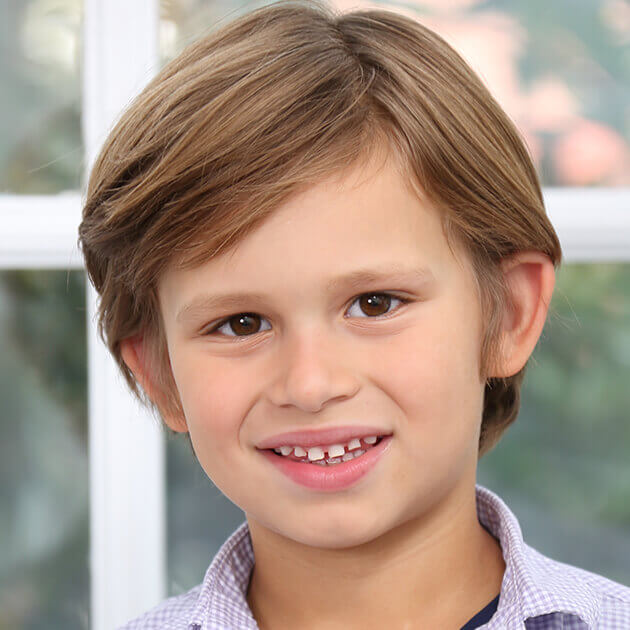
“Ms. Joyce told our class that some of the stories are chosen by kids,” Arie R-R ’30 of 3A said, “and that they do a lot of research before putting a story in the magazine.” He said, “I would like to learn more about COVID-19 waste management and new technology. It is important to know about current events because without it we would not know how to keep safe from Coronavirus, who we should vote for, who won the elections, and new technology.”
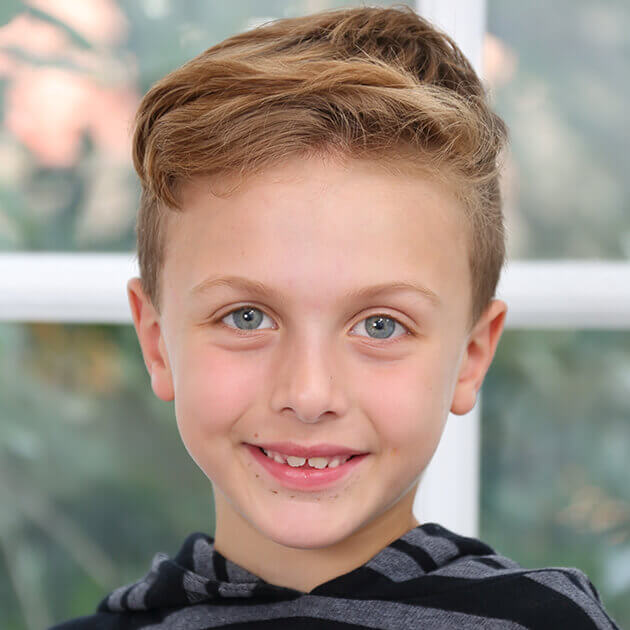
Micha D-M ’30 said Joyce explained TIME for Kids is “like reading the newspaper except for kids.” He added, “I would like to read more about special holidays like Hanukkah, Christmas, Kwanzaa, and more. It would be helpful to read about this a little ahead of when the holidays happen.” He added, “It’s helpful to see pictures and really good descriptions. For example, if they said, ‘Hillary Clinton made a big speech yesterday,’ I would want to read it.” Micha DM said reading current events stories is “important because of corona; so many doctors and people are risking their lives and it really affects adults and children.”
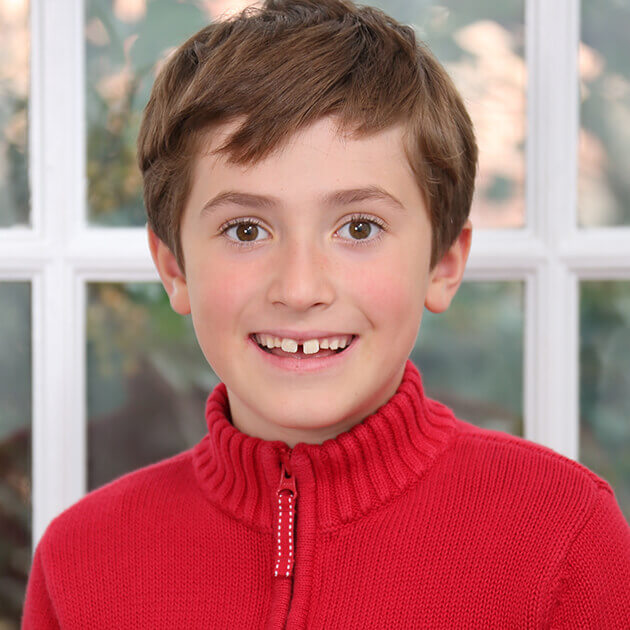
Rhett R. ’30 said Joyce explained how articles are chosen. “They have a vote and the best articles get chosen,” he said. “They can only make one magazine per week.” He added, “Personally, I kind of liked the floating car article. Usually, I like stories with a little more action.”
“Media literacy is a topic that’s hugely important to TIME for Kids… The questions we ask here are designed to help kids think critically about what they read.”
“Media literacy is a topic that’s hugely important to TIME for Kids,” Joyce said. “Each week in the magazine we include a feature on our news page called Stop & Think. The questions we ask here are designed to help kids think critically about what they read. For example: ‘Who are the sources quoted in this article?’ ‘Are they reliable?’ ‘What statistics and data are included in the story and where do they come from?’ We also have an ongoing series of media literacy feature stories in the magazine. Our election issue included a Q&A with TIME national political correspondent Molly Ball. She’s covered many presidential elections, and the Q&A gave kids a behind-the-scenes look at how a journalist does her job.”
In Grade 3, Del Valle said, there is a Class Reporter for each pod, who selects a news article of interest to them. The class will discuss the article in class. Having a relationship with Joyce is part of the “pre-launch” of the Class Reporter role, Del Valle said and they are planning to schedule another Google Meet visit sometime in December.

